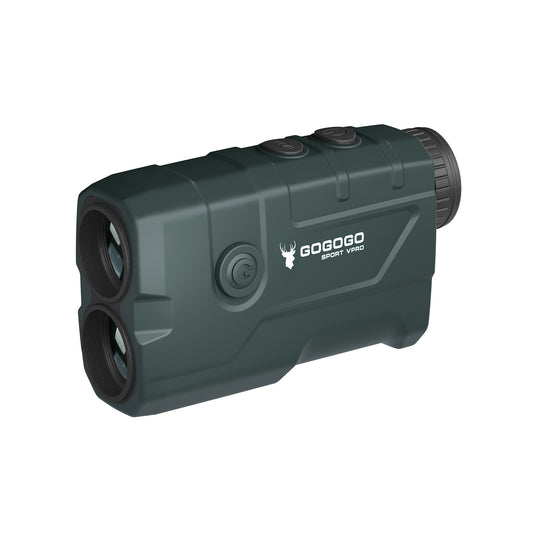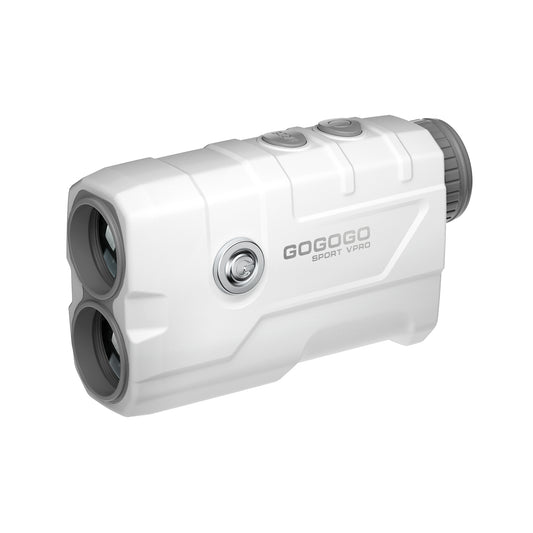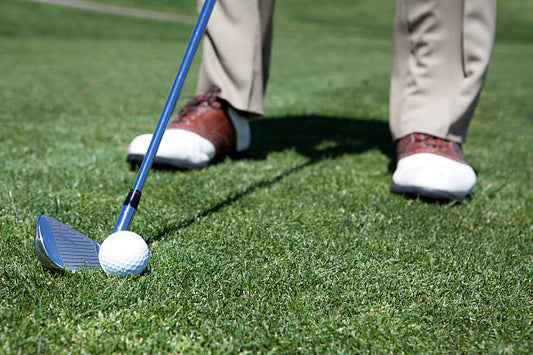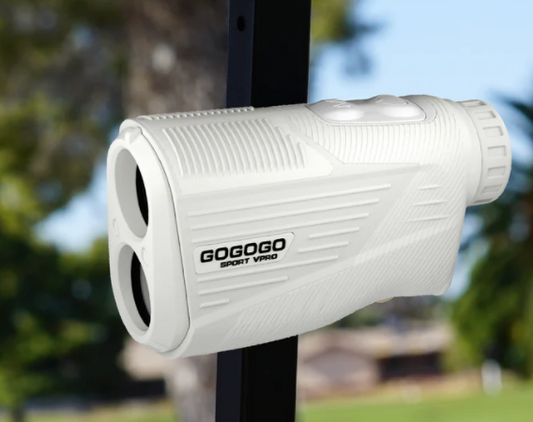Golf rangefinders have revolutionized the way golfers measure distance on the course, helping to make smarter shot choices. But have you ever wondered how these devices work? Let’s explore how golf rangefinders work.

The core of laser technology
At the heart of golf rangefinders is advanced laser technology. When you aim the rangefinder at a target, whether it's a flagpole or other landmark on the course, the device emits a laser beam. This beam strikes the target and reflects back to the rangefinder.
Flight time calculation
A rangefinder precisely measures the time it takes for a laser beam to reach a target and return. The device uses the speed of light as a constant and calculates distance based on the time-of-flight principle. This calculation determines the distance between the target and the rangefinder.
Precise positioning via optical system
To ensure accuracy, the golf rangefinders uses an advanced optical system. These systems help focus the laser beam precisely onto the target, allowing for precise distance measurement. Some rangefinders also use advanced algorithms to filter out background objects and pinpoint intended targets, such as flagpoles, flags, etc.
Display distance reading
Once the distance calculation is complete, the rangefinder displays the measured distance to the target on the screen. This information enables golfers to make informed decisions about club selection and hitting strategy, ultimately improving their game.
In conclusion
Essentially, a golf rangefinders works by emitting laser beams, measuring the time it takes for those beams to reach a target and return, and then provides an accurate distance reading through its optical system and display interface. This technology simplifies the process of measuring distance on the golf course, allowing golfers to focus on the game itself, allowing golfers to make more precise and strategic shots.








![[2025] The Ultimate Guide to Pinseeker Rangefinders for Golfers](http://gogogosport.com/cdn/shop/articles/gogogo_sport_vpro_pinseeker_rangefinder.png?v=1757993796&width=533)